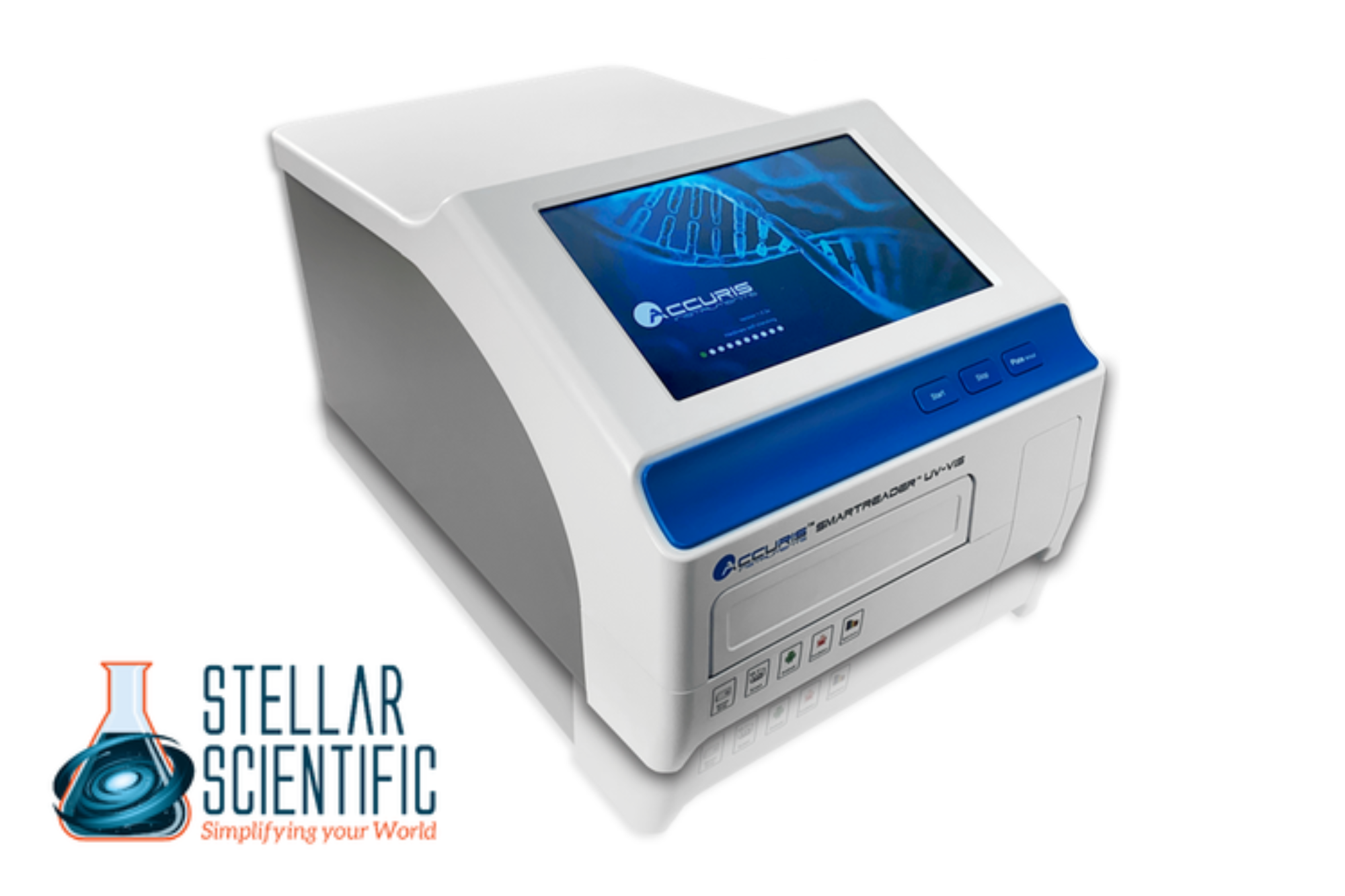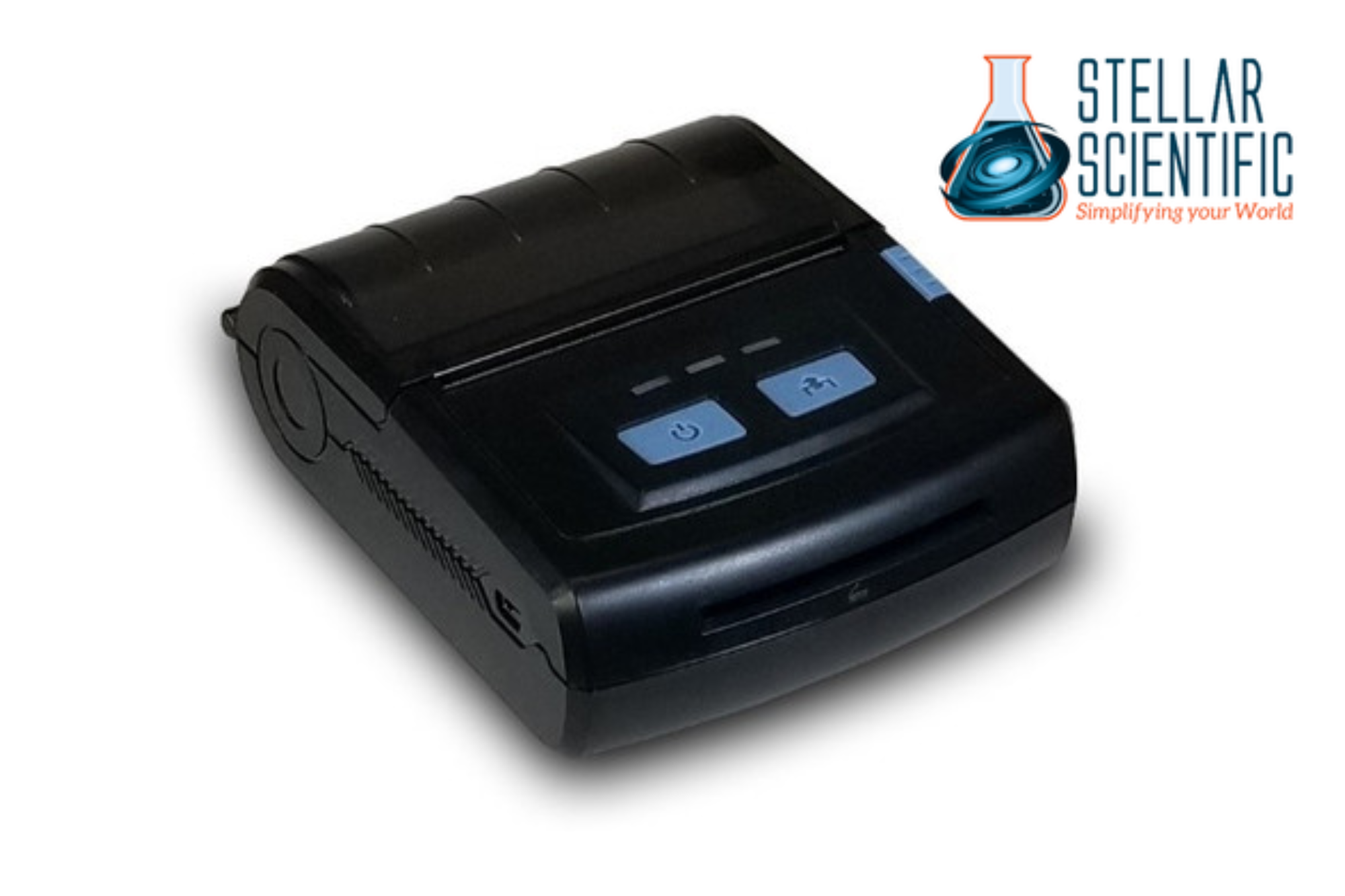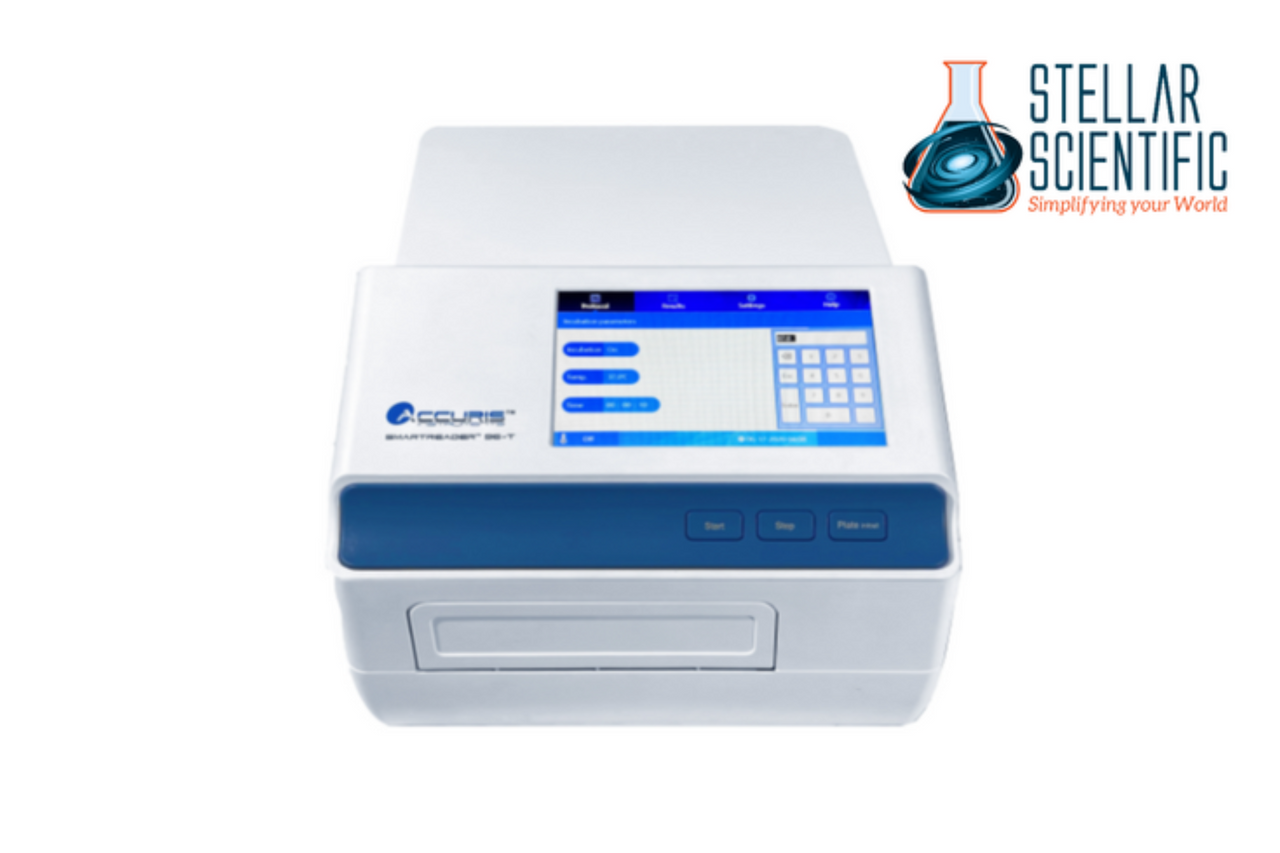In the world of laboratory research, precision is paramount. Whether you're conducting experiments in molecular biology, biochemistry, or pharmaceuticals, obtaining accurate and reproducible results is crucial. One of the key instruments that ensures this level of precision is the microplate reader. These versatile devices are used across a variety of scientific disciplines, offering precise measurements for assays that require high-throughput screening and reliable results.
Microplate readers provide valuable data on the properties of samples placed in microplates, such as absorbance, fluorescence, or luminescence. In this blog post, we will explore the importance of microplate readers, how they work, and why they are indispensable tools for precision in laboratory experiments.

What is a Microplate Reader?
A microplate reader (also known as a microplate photometer, absorbance reader, or spectrophotometer) is an analytical instrument that measures the physical and chemical properties of liquid samples in microplates. Microplates are flat plates with multiple wells—typically 96, 384, or 1536 wells—designed to hold small volumes of sample solutions. These microplates allow for high-throughput testing of many samples at once, saving both time and resources.
Microplate readers can measure a variety of properties of the samples placed in the wells, including:
- Absorbance: The amount of light absorbed by the sample at specific wavelengths.
- Fluorescence: The emission of light from a sample after it has absorbed light of a different wavelength.
- Luminescence: The emission of light from a chemical reaction or biological process, such as enzyme activity or cell metabolism.
By analyzing these properties, a microplate reader provides quantitative data that can be used for a wide range of applications, from enzyme assays to drug screening.
How Microplate Readers Work
Microplate readers operate by shining light through or onto the samples in the microplate wells and measuring the light that is either absorbed, emitted, or reflected. The key to their operation is the use of specific optical systems, including light sources, filters, and detectors, which are tailored to measure the specific characteristics of the sample.
1. Absorbance Measurement
In absorbance mode, the microplate reader shines light through the sample and measures the amount of light that is absorbed by the solution. The amount of absorption is directly proportional to the concentration of the substance of interest in the sample. Absorbance readings are often used in biochemical assays, such as enzyme-linked immunosorbent assays (ELISA) or protein assays, where the presence of a substance can be quantified by the intensity of the color change.
2. Fluorescence Measurement
In fluorescence mode, the microplate reader excites the sample with light of a specific wavelength and measures the light emitted by the sample as it returns to its ground state. Fluorescence is commonly used in detection assays, where fluorescent dyes or tags are attached to molecules of interest. The intensity of the fluorescence emission is proportional to the concentration of the target molecule.
3. Luminescence Measurement
In luminescence mode, the microplate reader detects light emitted from a sample due to a chemical reaction or biological process. For instance, the activity of luciferase in a bioluminescent assay can be measured using this mode. Luminescence assays are often used in applications such as cell viability testing, reporter gene assays, and ATP measurements.
Applications of Microplate Readers
Microplate readers are used in a wide range of applications across many scientific fields. Some of the most common uses include:
1. Biochemical Assays
Microplate readers are routinely used in biochemical assays, where the goal is to measure the concentration of specific substances or the activity of enzymes. For example, in an ELISA assay, a microplate is used to measure the presence of a specific antigen or antibody by detecting the color change that occurs when a substrate reacts with an enzyme. The microplate reader measures the absorbance at a specific wavelength to quantify the reaction.
2. Drug Screening
In pharmaceutical research and drug development, microplate readers are an essential tool for high-throughput screening (HTS) of potential drug candidates. Researchers can test thousands of compounds for their effects on specific targets, such as proteins, enzymes, or cells. The ability to measure multiple samples simultaneously allows scientists to quickly identify promising drug candidates and evaluate their effectiveness.
3. Cell Culture and Cytotoxicity Assays
Microplate readers are commonly used in cell culture and cytotoxicity assays to assess the impact of various compounds on cell growth or viability. By measuring cell metabolism or enzyme activity, microplate readers provide valuable data on the toxicity or effectiveness of a substance on cells. This information is critical for drug development, cancer research, and toxicology studies.
4. Nucleic Acid Quantification
In molecular biology, accurate measurement of DNA, RNA, or protein concentrations is vital for experiments involving gene expression, sequencing, or PCR amplification. Microplate readers are equipped with the ability to measure the absorbance of nucleic acids at specific wavelengths, providing accurate quantification for downstream applications.
5. Protein-Protein Interaction Studies
Microplate readers are often used in protein-protein interaction (PPI) studies, where researchers need to measure the binding affinity between two or more proteins. Techniques such as fluorescence resonance energy transfer (FRET) and fluorescence polarization rely on microplate readers to detect changes in fluorescence signals caused by protein interactions.

Advantages of Microplate Readers
Microplate readers offer several advantages over traditional laboratory instruments, including:
1. High-Throughput Capability
One of the most significant benefits of using a microplate reader is its ability to analyze multiple samples simultaneously. Microplates with 96, 384, or even 1536 wells allow for high-throughput screening of many samples in a single run, saving time and resources. This is especially important in drug discovery, genomics, and high-volume research environments.
2. Versatility
Microplate readers are versatile instruments that can measure a wide range of parameters, including absorbance, fluorescence, and luminescence. With the right filters and optical systems, a single microplate reader can be used for a variety of different assays, from simple absorbance measurements to complex fluorescence or luminescence studies.
3. Precision and Accuracy
Microplate readers provide highly accurate and reproducible results, making them indispensable tools for experiments where precision is critical. Whether measuring enzyme activity, gene expression, or cell viability, these instruments ensure that the data is reliable and can be used to draw meaningful conclusions.
4. Data Analysis and Integration
Many modern microplate readers are equipped with software that allows for automated data analysis. This software can generate detailed reports, perform statistical analysis, and even integrate with other laboratory information management systems (LIMS). This streamlines the research process, making it easier to interpret and share results.
About Stellar Scientific
At Stellar Scientific, we are committed to providing high-quality absorbance microplate readers and other laboratory equipment to support the needs of researchers and scientists in various fields. Our range of products is designed to help you achieve precise, accurate, and reproducible results in your experiments.


